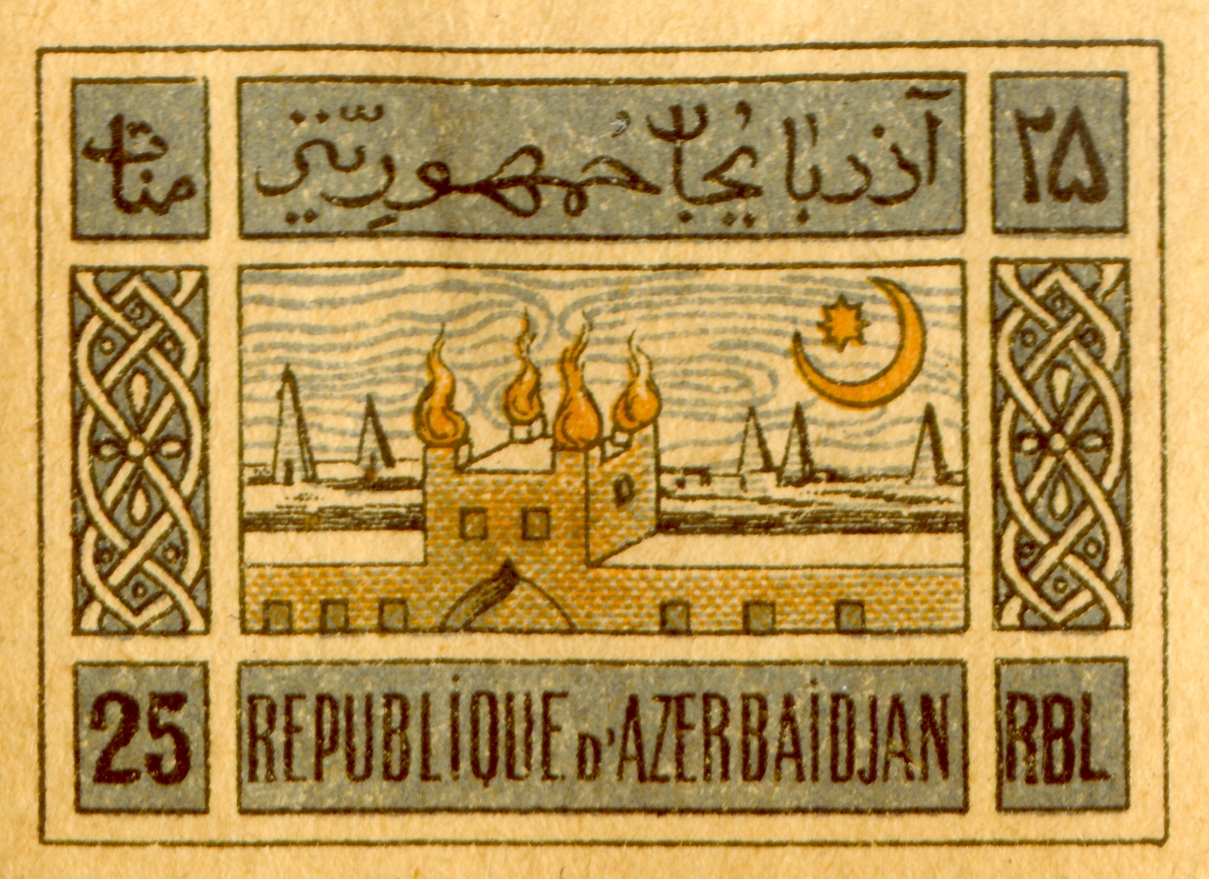When God spoke to Moses, God took the form of a burning bush.
Why did an ancient Israelite think that God would take the form of a self-immolating bush?
It might be natural enough to think that fire consumes a bush, but there’s another way to see it—the way that many ancients saw it: the fire is in the bush from the beginning. It’s not really such a crazy idea if one considers that the fire cannot occur without what’s in the bush. Sure, the fire also needs oxygen, but again: the bush exhales oxygen as it generates wood and foliage. It provides the fire with everything it needs. It is, in a real sense, a terrestrial offspring of the sun, waiting to ignite.
With the igneous nature of vegetation in mind, consider the igneous nature of the earth. Volcanoes could not have escaped the awareness of the ancients. With accompanying seismic activity, it must have been easy to conclude that the earth itself has a fiery cauldron at its heart. Gas and oil seeps, when ignited, may have lent some corroboration to this conclusion. Indeed, it is well-known that a fire temple recently made use of the natural gas seeps at Baku, Azerbaijan.
Ancient peoples didn’t just see fire in vegetation and in the earth. They saw fire in the sky. Of course they saw the sun as a heavenly fire, but they even saw the stars as fires:
the brightest of these flames, and the hottest, is the light of the sun ; for that all the other stars are farther off from the earth; and that on this account, they give less light and warmth; …
—Diogenes Laertius, Life of Heraclitus
It is easy to underestimate the value of fire to ancient peoples. Fire gave them an ability to function at night. Fire defended men from large predators. Fire was a weapon of war, a companion in the hunt, and a tool for managing vegetation.
But more remarkably, fire seemed capable of transforming things. Fire tenderized and flavored food. Fire sterilized flesh and purified water. Fire evaporated water. Fire transformed clay to pottery. When iron was placed in fire, the iron itself would take on the the color and heat of fire, and suddenly man could reshape matter.
But fire got even more amazing with the advent of the bronze age. Fire had previously been used to forge iron and transform flesh. Now it would be used to transform matter itself. Alchemy would naturally follow.
Ancient peoples must have felt a tremendous sense of awe when witnessing the transformative power of fire. It had long been our companion as a species, to be sure, and it had also remained an untamed force of nature. Whether embodied as the sun, the thunderbolt, or a metalworker’s forge, it is a god who holds a special place in his heart for humanity.
No wonder, then, that the Persians worshiped it. No wonder they associated fire with the very ordering principle of the universe. No wonder that Heraclitus—an Ephesian subject of the Persian Empire—did the same. Fire seemed capable of transform anything.
The dream of transformation that fire once nurtured in man lives on today, if only in the nooks and crannies of our cultures. According to the Persian religion that I was raised in—the Bahá’í Faith, the first sign of the coming Kingdom of God on Earth will be a new, revolutionary science of alchemy:
The first sign of the coming of age of humanity referred to in the Writings of Baha’u’llah is the emergence of a science which is described as that ‘divine philosophy’ which will include the discovery of a radical approach to the transmutation of elements. This is an indication of the splendors of the future stupendous expansion of knowledge.”
—note 194 to the Kitáb-i-Aqdas, p. 254
This very same religion assigns its most tortuous, cruel punishment to the crime of arson. Is not such a sign of respect for the power of fire a form of worship?
Today, we don’t think so much of fire, yet we, with our gas-fired power plants, furnaces, boiler rooms, and internal combustion engines, are every bit as dependent on combustion as our ancient forebears were—to say nothing of the other forms of fire. We are a civilization of fire worshipers, though our iconography has changed.

